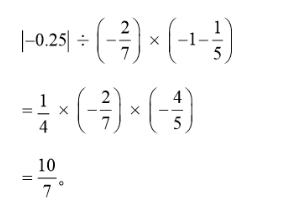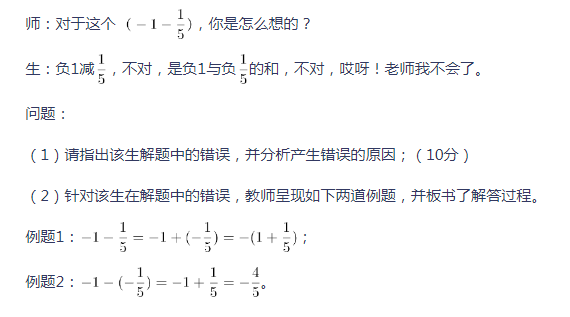请阅读Passage 1, 完成第小题。
Passage 1
In recent years,however, society has come to understand the limitations of schools that merelysort and rank students. We have discovered that students in the bottomone-third to one-half of the rank order-plus all who drop out before beingranked-fail to develop the foundational reading, writing, and mathematicalproficiencies needed to survive in, let alone contribute to, an increasinglytechnically complex and ethnically diverse culture. So today, in asking schoolsto leave no child behind, society is asking that educators raise up the bottomof the rank-.order distribution to a specified level of competence. We callthose expectations our?? "academicachievement standards". Every state has them, and, as a matter of publicpolicy, schools are to be held accountable for making sure that all studentsmeet them.
?To be clear, themission of sorting has not been eliminated from the schooling process. For theforeseeable future, students will still be ranked at the end of high school.However, society now dictates that such a celebration of differences m amountlearned must start at a certain minimum level of achievement for all.
??The implications of this change in missionfor the role of assessment are profound. Assessment and grading proceduresdesigned to permit only a few students to succeed (those at the top of therank-order distribution) must now be revised to permit the possibility that allstudents could succeed at some appropriate level. Furthermore, procedures thatpermitted?? (perhaps even encouraged)some students to give up in hopelessness and to stop trying must now be replacedby others that promote hope and continuous effort. In short, the entireemotional environment surrounding the prospect of being evaluated must change,especially for perennial low achievers.
??The students' missionis no longer merely to beat other students in the achievement race. At leastpart of their goal must be to become competent. T
- A.The driving dynamic forces for all students who need to survive in society
- B.Confidence, optimism, and persistence that students need in order to succeed
- C.Differentiated levels of competence specified for students with different abilities
- D.The missions of students who want to beat others in their achievement race in school
正确答案及解析
正确答案
解析
细节题。根据关键词所在文中的句子“We call those expectations our.Academicachievement standards'. ”可知其对应的就是“those expectations”所指的内容。根据前面一句话“…societyis asking that educators raise up the bottom of the rank-order distribution toa specified level of competence.”可确定答案为C。
包含此试题的试卷
你可能感兴趣的试题
《义务教育数学课程标准(2011年版)》强调,课程内容要反映社会的需要、数学的特点,要符合学生的认知规律。课程内容的组织要重视过程,处理好()的关系。
-
- A.预设与生成
- B.抽象与具体
- C.数学与实际生活
- D.过程与结果
- 查看答案
设α是某一方程组的解向量,k为某一常数,则kα也为该方程组的解向量。( )
- 查看答案

-
- A.0
- B.1
- C.2
- D.3
- 查看答案
案例:
在有理数运算的课堂教学片段中,某学生的板演如下:

针对该学生的解答,教师进行了如下教学:
师:请仔细检查你的演算过程,看是否正确无误?
生:好像正确吧。

请分析例题1、例题2中每一步运算的依据。(10分)
- 查看答案
初中数学课程是一门国家课程,其主要内容包括课程目标、教学内容、教学过程和( )等
-
- A.评价手段
- B.教学方法
- C.教学手段
- D.教学实践
- 查看答案